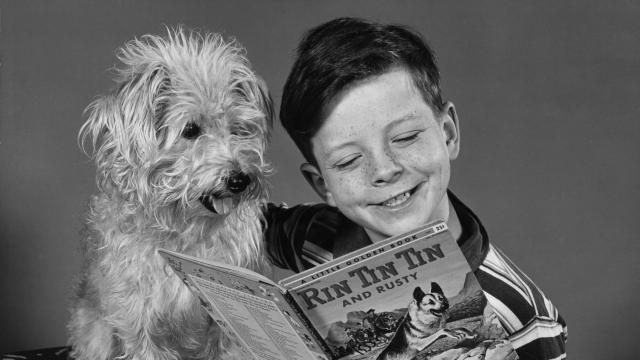Until quite recently, I hadn’t finished a book since the end of January. In that sense, I’m not so unusual — a 2018 study from the Pew Research Group revealed 24 per cent of Americans hadn’t read an entire book, or even a portion of one, in the 12 months prior — but this is very unusual for me, a person who touts nine years of completed reading challenges on his Goodreads profile (with an average annual goal of 75 books).
The reasons people don’t read are varied, murky and, in some cases, troubling (electronic distraction is one thing, the link between poverty and literacy is another thing entirely). But my own reasons for abandoning my most recent read on page 140 are abundantly clear and can generally be grouped under “coronavirus pandemic, the”: I no longer have a commute, and it turns out I do my best reading on the subway. Forget reading on lunch breaks; now I eat with my kids. Evenings? That’s doom-scrolling time! Even as book sales are booming and less-distracted readers are eagerly ploughing through their to-read lists, I’ve been unable to concentrate on anything longer than the latest harrowing essay in The Atlantic.
That is, until recently. I’ve missed reading — one of the chief ways I used to relax, not to mention stay connected to the community of readers and authors I used to interact with online — but I’ve finally found an effective way to ease back into it. As with many things that have happened to me since March, my children are to blame.
When I say I hadn’t finished a book in months, that’s not strictly true: I’ve finished a number of them that I’ve read aloud to my 8-year-old daughter. We read together for 15 or 20 minutes every night, and have plowed through a bunch of books since the shutdown began. And as we read together, I noticed that itch to keep going for one more page arising in me again — but never more strongly than when I was sharing with her a book I loved in my own childhood: The Borrowers by Mary Norton, Matilda by Roald Dahl, Bunnicula by James and Deborah Howe.
So I decided to bid farewell to the new, fat fantasy tome I was reading all those months ago and pick up an old favourite: Howl’s Moving Castle by Diana Wynne Jones, a book I loved as a kid. And suddenly, released from the need to follow along with a story and characters I was unfamiliar with, I found I could read freely again. I plowed through the book in a few days. It went so well that I moved on to another DWJ favourite, Charmed Life.
Maybe the hack is “read Diana Wynne Jones,” but I think it’s more general: By revisiting a book from my childhood, I am making the reading experience comforting, rife with nostalgia and as effortless as possible. I already know I like the story — studies have shown audiences actually enjoy a narrative more when they know exactly what is going to happen — and there are other benefits too, and not only in terms of reading comprehension.
In her book On Rereading, Patricia Meyer Spacks notes that, “The stability of reread books helps to create a solid sense of self… it records both the development and the continuity of the self.” That is to say: The book has stayed the same, but the reader (you) is quite different. I observed this when I read Beverly Cleary’s Ramona novels aloud to my daughter: As the writer and author Stephanie Lucianovic noted in her own rereading, they are shot through with an undercurrent of economic unease as Ramona’s father struggles to hold down a job and start a new career. Certainly that never registered when I read them to tatters as a kid.
So if you find you can’t finish a “serious” grownup book — or even a frivolous one — give yourself permission to read well below your grade level. Life’s too short to read bad books, and certainly to read no books at all.

Leave a Reply
You must be logged in to post a comment.